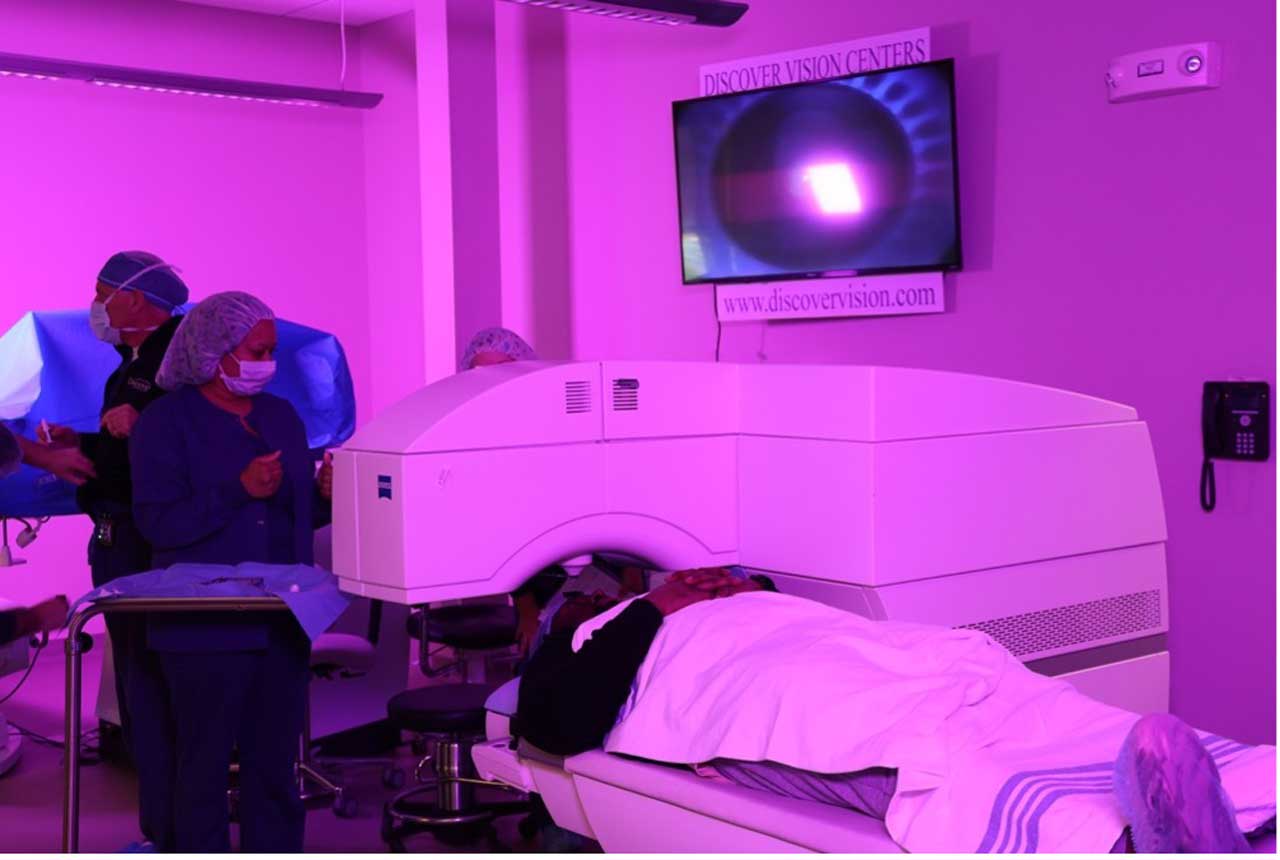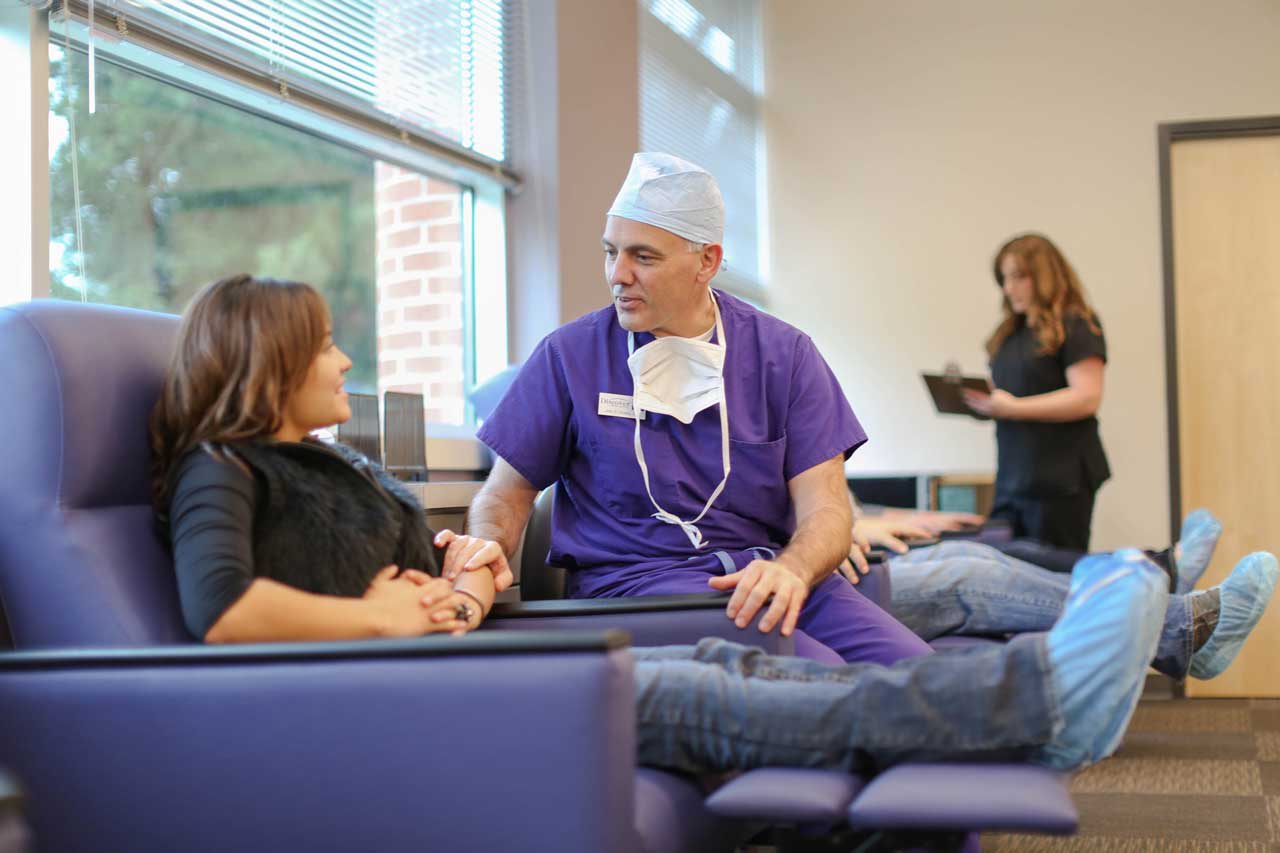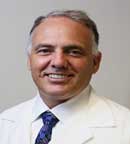I have watched and been involved in refractive surgery marketing/patient education for more than 30 years, and I must say self-inflicted marketing wounds seem the most senseless of all. Refractive surgery is a wonderful and life-changing experience and a career I enthusiastically enjoy as much today as when I decided to pursue it as my life’s endeavor in fellowship training. As such, I have learned that patient education and associated internal/external marketing is the foundation of the patient journey from initial interest to a happy postoperative patient.
One procedure that I perform is the small incision lenticule extraction (SMILE) procedure, which is one of the fastest growing refractive procedures both inside and outside the United States. As SMILE enters a mature corneal refractive surgery ecosystem, how it is introduced to medical personnel and prospective patients is important to create an appropriate appreciation of how it will impact patients’ lives.
In the following article, I hope to encourage thoughtful, relevant, tailored and engaging patient education/marketing that builds a meaningful and productive patient-practice relationship with the market vs fear-based marketing strategies that can stymie the growth of a procedure like SMILE or, for that matter, all refractive procedures due to instilling doubt in prospective patients’ minds.

AVOID NEGATIVE MARKETING
As marketers and educators, we can’t rely on “cookie-cutter” approaches to patient education to successfully support prospects in their decision to consider and choose to have a procedure. If they are going to entrust the health of their precious sense of sight to us, they need and deserve more from us.
To that end, I advise you to avoid negative marketing. It is highly counter-productive and creates more questions and undue anxiety in patients. As an example, I recall seeing an advertisement that I felt was misleading to the patient. While it was promoting the procedure the surgeon wants to perform — SMILE — it was unfairly positioning the procedure that was being denigrated (LASIK). I am a huge fan of the SMILE procedure, but I am also 28 years postoperative from LASIK for which I still have phenomenal vision. So, I personally found the advertisement inaccurate and misleading at best.
In addition to this, I would like to share some prior experiences of SMILE being introduced into markets as examples of what to avoid with regard to marketing and counter-marketing.
In Europe, early promoters of SMILE ruffled the market by being negative toward entrenched LASIK providers, who responded aggressively. The end result was a patient population that became confused.
Again, I would highly encourage avoiding negative campaigns in saying one procedure is better than another. The peer-reviewed literature is full of papers discussing less dry eye and greater biomechanical strength with SMILE over LASIK. Would I shout this message from the mountain tops on legacy media, the internet or social media? No, as I believe it is counter-productive. The points may have some scientific validity, but from a patient’s point-of-view the message could be translated that SMILE causes dry eye and decreases corneal strength but less than LASIK. For appropriate candidates, the biomechanical strength reduction is not an issue for LASIK or SMILE and the long-term induction of dry eye with both procedures is very low.
Additionally, with SMILE, at present, the enhancement technique is either photorefractive keratectomy (PRK) or creating a LASIK flap, so saying excimer is not as good as SMILE and then turning around and enhancing with PRK or LASIK puts the surgeon in a self-induced odd position. Additionally, consider that one surgeon in a group practice might prefer LASIK and PRK for his patients while another surgeon might prefer SMILE. An internal or external marketing campaign that is not positive to one or the other procedure is not conducive to the practice as a whole.
What are patients searching for?
Knowing some of the key questions patients search for allows us to address them in our internal/external marketing. For example, here are the search results when “SMILE eye surgery” is keyed into Google:
- What does SMILE eye surgery cost?
- What is the recovery like for SMILE eye surgery?
- Does SMILE eye surgery correct astigmatism?
- What is the SMILE eye surgery success rate?
- What are the possible side effects from SMILE eye surgery?
- What happens during SMILE eye surgery?
- How long does vision correction with SMILE eye surgery last?
REJECT FEAR-BASED MARKETING TACTICS
As medical doctors, collectively we need to commit to rejecting fear-based marketing tactics. The internet is well populated with content designed to scare away prospects that is left largely unchecked. When professionals are not consistently and concretely clear about laser vision correction’s and refractive surgery’s strong safety record, we passively contribute to the fear. All marketing should answer the questions prospects have and take every opportunity to reinforce the safety record of these procedures — whether we are talking LASIK, SMILE, implantable collamer lenses (ICLs), refractive lens exchange (RLE) or the other options in our refractive arsenal. Anything less fuels the natural anxiety patients have about any surgical procedure and disrupts patients’ journeys.
Taking a more considered, nuanced approach to marketing than the traditional comparative and fear-based tactics works to eliminate barriers to prospect decision-making around vision correction surgery.
NEVER MARKET SMILE AS ‘BRAND NEW’
SMILE had been conceptualized as a procedure prior to the year 2000. Therefore, “marketing” SMILE as “new” or “newest” could imply it not being perfected or that SMILE does not have an adequate history of success. This is not the case.
For a lenticule removal procedure to become reality, femtosecond lasers had to be invented and perfected. Zeiss created a research and development team in 2000 to bring forth a laser that could create an intrastromal lenticule. The first iteration of the procedure was coined ReLEx (aka refractive lens extraction). In this procedure, a flap was created and a refractive lenticule was dissected from the underlying stromal bed. For all practical purposes, it was analogous to LASIK except the tissue removal was in toto with ReLEx vs photoablation of the tissue with the excimer laser.

With the second iteration of ReLEx known as SMILE, instead of creating a flap with a 270° corneal incision, a 60°or 90° incision was devised. Lenticule dissection is done in a corneal pocket, and the refractive lenticule is removed in-toto. In the process, the flap of LASIK is avoided but the intact surface epithelium is left intact, unlike with PRK. This provides for a quick visual recovery.
The FDA clinical trials for SMILE were initiated in 2012, and the Zeiss VisuMax 500 femtosecond laser was approved for spherical SMILE in March 2017 and for compound myopic astigmatism September 2018.
Since approval, my practice has migrated to SMILE as the predominant procedure. Approximately 95% of our corneal refractive procedures are SMILE. For those refractions outside the current approved refractive parameters for SMILE, we utilize LASIK. I also utilize PRK for those patients better served with a surface ablation.
SMILE may seem new on the US refractive surgery scene in comparison to LASIK and PRK, but globally Zeiss will soon eclipse 10 million commercially completed SMILE procedures since 2011. So, the SMILE track record at this point is over a decade long and well-entrenched in the corneal refractive surgery ecosystem worldwide. Given this history of success, it would not be prudent to market SMILE as “new.”
Tips for educating patients
What to do:
- Distinguish yourself as an expert in the market by sharing knowledge and information online and in social channels. This helps build relationships and confidence in the choice of a provider.
- Understand not everyone’s journey is immediate. Having and promoting educational information in your online channels makes it accessible to prospects no matter where they are in their journey. Think “Always on” education.
- Offer up patient education information without the pressure of conversion to address prospects at the top of the funnel. This encourages them to remain on their refractive surgery journey and creates a lasting impression of your expertise online.
- Lean into the basics. Consider a “Friday FAQ” on a social media platform and answer the questions you most frequently hear from patients.
What to avoid:
- Prospect journeys are easily disrupted. Avoid inadvertently creating barriers. Attention spans are less than 10 seconds. Getting to your point quickly and simply supports those considering a procedure.
- Don’t use graphic images or videos — most people are very squeamish about their eyes.
- Avoid disparaging any procedure, as this can taint all procedures. Better to respect the value of each procedure on its own merits, with associated benefits and risks for those who are good candidates.
- Don’t ignore inbounds from online channels. Today’s prospect appreciates responsiveness.
SO, HOW IN THE WORLD DOES ONE MARKET SMILE?
The overwhelming population of patients who undergo corneal refractive surgery either have simple myopia or compound myopic astigmatism. As such, SMILE is ideal for 95% of the patients that walk through our door and are corneal refractive surgery candidates. We do market generic laser vision and refractive surgery correction but also will specifically call out “LASIK” or “SMILE.” LASIK entered the lay person lexicon years ago, and it can be used as an entrée for all refractive surgery patients looking for a vision lifestyle change.
Also, all of our external or website information is for education purposes (See “Tips for educating patients”). Ultimately, the individual patient has to sit before the doctor. At this point, all the cards are on the table as far as anatomical considerations and patient desires. This is the moment of truth that the doctor can steer the patient to their “fast ball” procedure. If the patient is a SMILE candidate, conversion to the patient electing to undergo SMILE is extremely high. Over the past 7 years, I can recall only four patients who preferred having LASIK instead of SMILE for various reasons, but usually they wanted what family members have had.

In addition, when it comes to marketing, I believe the message should center around how refractive surgery can markedly change a person’s life and lifestyle. The practice’s role is to find out which procedure is best for the given patient. Some patients are not candidates for lamellar surgery (LASIK or SMILE) due to early form fruste keratoconus pattern on topography but may be excellent candidates for PRK or ICLs. Some patients are not candidates for corneal refractive surgery but are good candidates for ICL or refractive lensectomy.
As a refractive surgeon, I perform PRK, LASIK, SMILE, ICL and RLE. Differing scenarios are best dealt with by utilizing varying techniques. The best procedure is patient dependent. So, extolling the positives of given procedures makes total sense. In my practice, we externally market refractive surgery and use names of procedures, but the overriding message is “how refractive surgery can have a positive impact and deliver freedom from eyeglasses and contact lenses for the patient.”
CONCLUSION
At the end of the day, a well-educated and informed patient with appropriate expectations is the ideal candidate preparation for refractive surgery. For appropriate candidates, SMILE can provide an excellent outcome that the patient can be happy they signed on to. Educational materials and marketing blitz need not go overboard. Long-term, the refractive surgery ecosystem benefits from avoiding unfounded statements in marketing and educational materials. SMILE marketing and education, like all of refractive surgery procedures, should be answering the questions patients want answered. Most importantly, it is how the procedure will alter one’s lifestyle and what the patient can expect from the procedure for many years to come. OM









